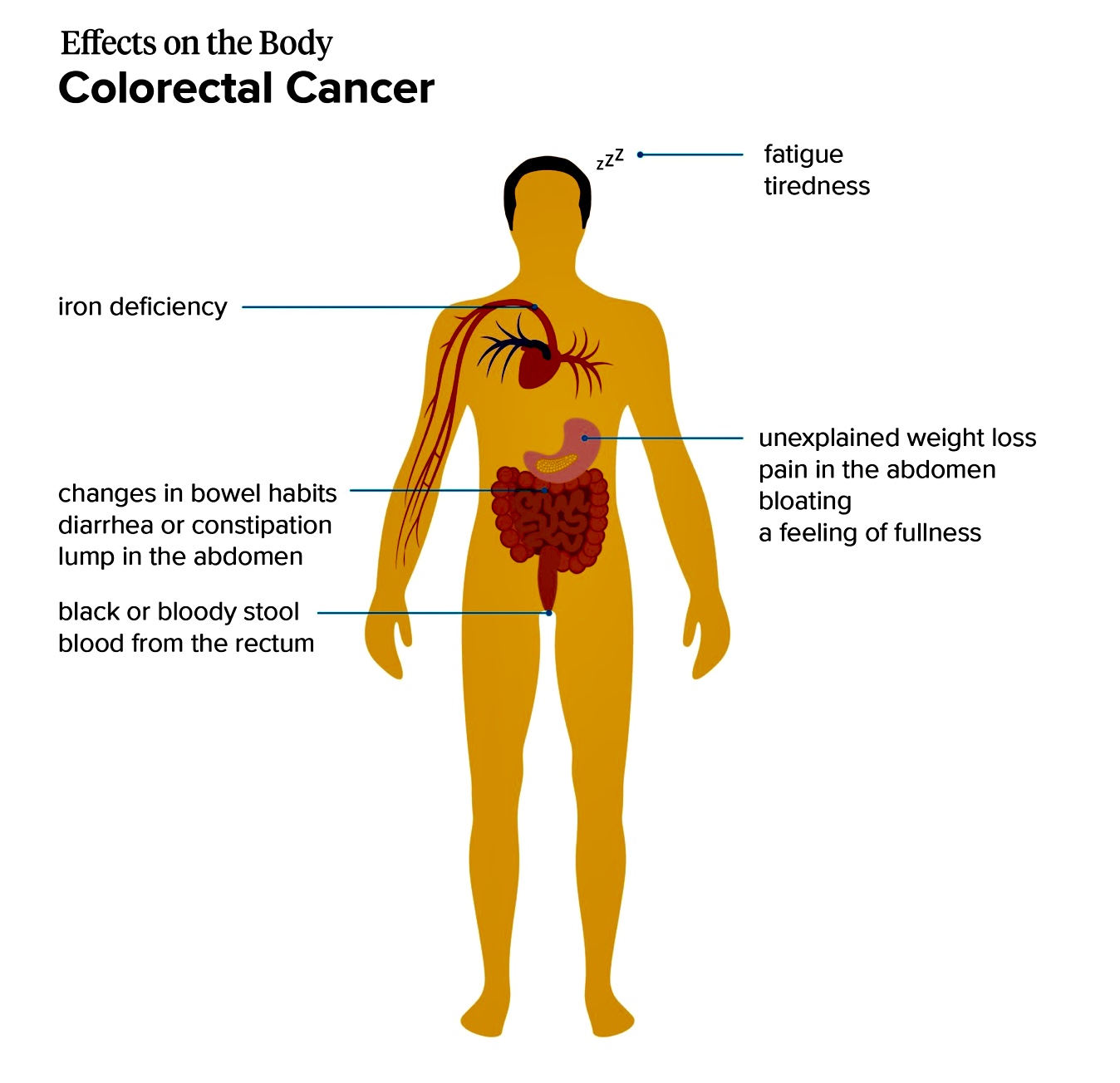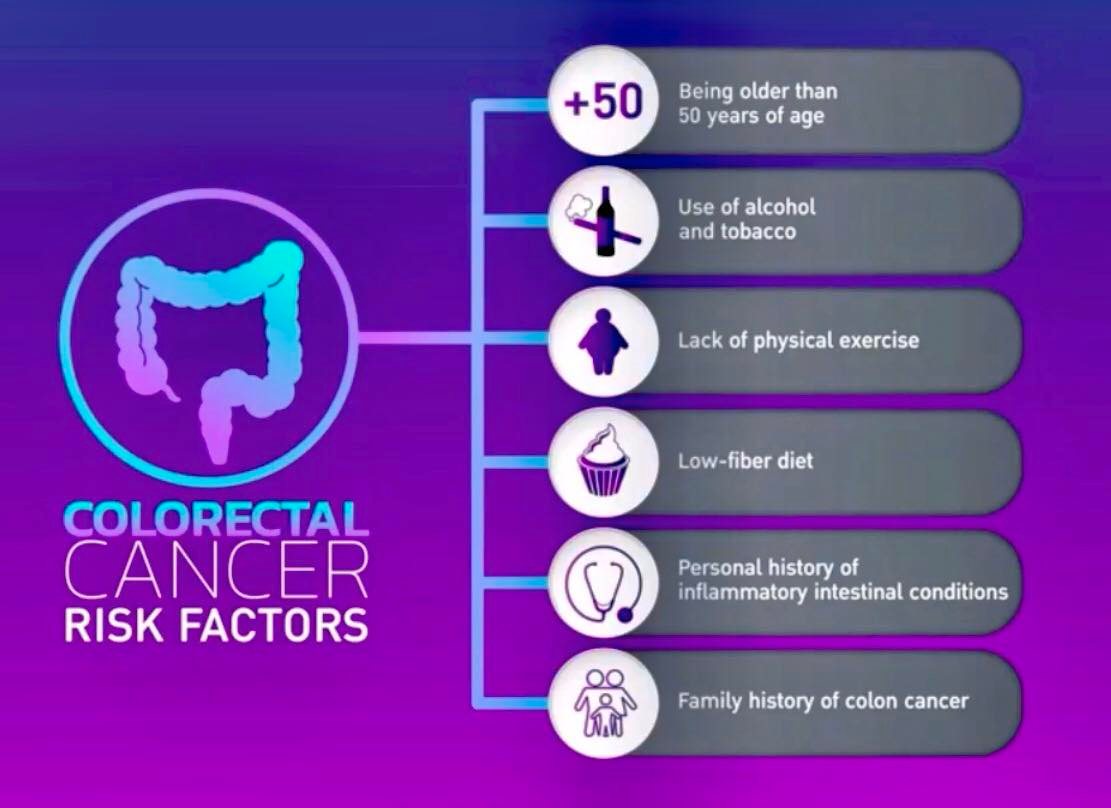By Henrylito D. Tacio
Photos sourced from different sources
Colon cancer is deadly!
Between Christmas 2007 and New Year 2008, former president Corazon Aquino was not feeling well due to an episode of high blood pressure. But she had difficulty breathing, which was followed by fever. She was brought to the hospital, but she felt no better. In fact, “she developed a cough, lost her appetite, and noticeably lost weight.”
After several check-ups and tests on her health condition, the doctors came with a diagnosis: colon cancer. It wasn’t until March 24, 2008, that the family disclosed to the public, through a televised statement, that the ex-president had colon cancer. She finally succumbed to the disease on August 1, 2009.
But when discovered early, colon cancer can be beaten.
Early in his second term, American president Ronald Reagan felt something wrong inside his stomach. When he went to the hospital for a check-up, the doctors found a growth in his large intestine.
The doctors removed the polyp and nearly two feet of the intestine. Reagan’s public experience helped to raise awareness about this type of cancer. Although he defeated the disease, Alzheimer’s disease claimed his life at the age of 93.
Colon cancer is the more common name, but this type of cancer also includes rectal cancer thus, it is called colorectal cancer (CRC). In 2015, CRC was the fifth leading form of cancer that strikes Filipino men and women – after breast, lung, prostate, and cervix.
Today, CRC has gone up to the third place, according to Dr. Manuel Francisco T. Roxas, former director of The Medical City (TMC) Cancer Center. The Global Cancer Observatory reported in 2020 that the number of cases has increased considerably to 17,364 cases per year.
Colon cancer and rectal cancer are often grouped together because they have many features in common. For instance, both cancers begin in the digestive system, also called the gastrointestinal system. The digestive system processes food for energy, and the last part of it absorbs fluid to form solid waste (stool) that then passes from the body.
“After food is chewed and swallowed,” states the American Cancer Society (ACS), “it travels to the stomach. There it is partly broken down and sent to the small intestine.” The small intestine is the longest part of the digestive system – about 20 feet.
“The small intestine also breaks down the food and absorbs most of the nutrients. It leads to the large intestine (also called the large bowel or colon),” explains the ACS. “The colon absorbs water and nutrients from the food and also serves as a storage place for waste matter. The waste matter moves from the colon into the rectum, the last 6 inches of the digestive system. From there, the waste passes out of the body.”



Cancer that starts in any of these areas may cause different symptoms. Another common thing between colon cancer and rectal cancer is that, depending on where they start, the cancers develop slowly over many years.
Most CRCs start as a growth on the inner lining of the colon or rectum. These growths are called polyps. “If cancer forms in a polyp, it can grow into the wall of the colon or rectum over time,” the ACS states. “The wall of the colon and rectum is made up of many layers. CRC starts in the innermost layer and can grow outward through some or all of the other layers.
“When cancer cells are in the wall, they can then grow into blood vessels or lymph vessels (tiny channels that carry away waste and fluid). From there, they can travel to nearby lymph nodes or to distant parts of the body.”
Dr. Mark Anthony A. Delusong, assistant division chief of the gastroenterology division at the Philippine General Hospital, said the four most common signs and symptoms are change in bowel habits, blood in stool, unexplained weight loss, and persistent abdominal discomfort.
Until now, no one knows what causes CRC. But there are some risk factors that predispose a person to develop CRC. In some instances, CRC is hereditary in nature. People with a personal history of inflammatory intestinal conditions and a family history of colon cancer are most likely to develop CRC, Dr. Delusong said.
Those cannot be prevented, including age, as no one can stop from getting old. “Being older than 50 years of age” is a risk factor as 90% of CRC cases occur after this age. As the Department of Health (DOH) puts it: “Colon cancer increases markedly after age 50.”
But for people with a family history, CRC occurs earlier in life, not uncommonly in the 40s or even the 30s. “The highest risk is in people with multiple first-degree relatives or relatives who have developed colorectal cancer at a relatively young age,” Dr. Delusong says.
However, there are some risk factors that can be shunned; thus, a person may likely avoid getting CRC. These are drinking alcoholic beverages, smoking cigarettes, lack of physical exercise, and eating a low-fiber diet. The last two factors, when combined, may lead to obesity, which is another risk factor for CRC.
In the past, CRC has been referred to as “a disease of the rich.” But such is not the case anymore. “(CRC) is more common in richer countries, but its incidence is rising in some developing countries,” the Geneva-based World Health Organization (WHO) reports. “The risk of developing those cancers that are typical of higher socioeconomic groups – cancers of the breast, colon, and rectum – can be expected to increase with economic development.”
CRC tends to grow slowly and maybe asymptomatic for years, according to Dr. Ruiz. But there are those who will experience some symptoms, specifically those that were mentioned by Dr. Delusong earlier.
Dr. Jun R. Ruiz, TMC’s leader of the Colon Cancer Screening Advocacy Programs, says cancers of the right colon tend to grow larger than those of the left colon before symptoms occur. “Obstructive symptoms, like colicky abdominal pain, vague abdominal discomfort, change in bowel habits or stool caliber, and constipation, are found in advanced cases,” he adds.
If you are 50 years or older and even if you don’t have any symptoms, it is very important to talk to the doctor since finding colorectal cancer early makes successful treatment more likely. If the doctor suspects colon cancer, more tests will need to be done.
Early detection of the dreaded disease can be achieved by screening tests. “CRC screening has resulted in reduction of related mortality up to 60-70%,” Dr. Ruiz says. “All methods have been proven to be cost-effective.”
Colonoscopy is the gold standard for CRC screening as it can detect and remove pre-cancerous polyps. “The procedure involves a flexible fiber-optic scope with a camera that is inserted through the rectum and is carefully advanced to visualize the colon under mild anesthesia,” explains Dr. Ruiz.
In the Philippines, colonoscopy can cost between P15,000 to P30,000, depending on the hospital.
Some patients may not want to have an invasive test. A stool test called FIT is a good screening alternative and is not expensive (it costs less than P500). “(FIT) detects only human blood and is specific for bleeding in the colon,” Dr. Ruiz states.
“The FIT is recommended to patients who may be at high risk for complications of a colonoscopy, or not willing to undergo a colonoscopy yet because of a variety of reasons,” Dr. Ruiz adds. “The test is repeated every year if the initial test is negative. If the test is positive, a colonoscopy is needed to rule out the presence of cancer.”
Dr. Delusong, likewise, bats colonoscopy for the average-risk population. “Colonoscopy represents the most important diagnostic and therapeutic modality for CRC prevention and treatment,” he explains.
He recommends that colonoscopy be performed every ten years for individuals of average risk starting from the age of 45-50. “Colonoscopy is the final common pathway for all positive screening tests,” he reminds.
Colon cancer is deadly – but beatable if only it is discovered early. Studies have shown that 60% of colon cancer could be prevented with screening,
“The key here is screening patients who are already at risk for colon cancer,” Dr. Ruiz points out. “Patients may already have early cancer, even if they have no symptoms. We can also reduce the risk of colon cancer by removing pre-cancerous lesions (polyps) during a colonoscopy. In the end, CRC screening can just save your life or the life of a loved one.”

